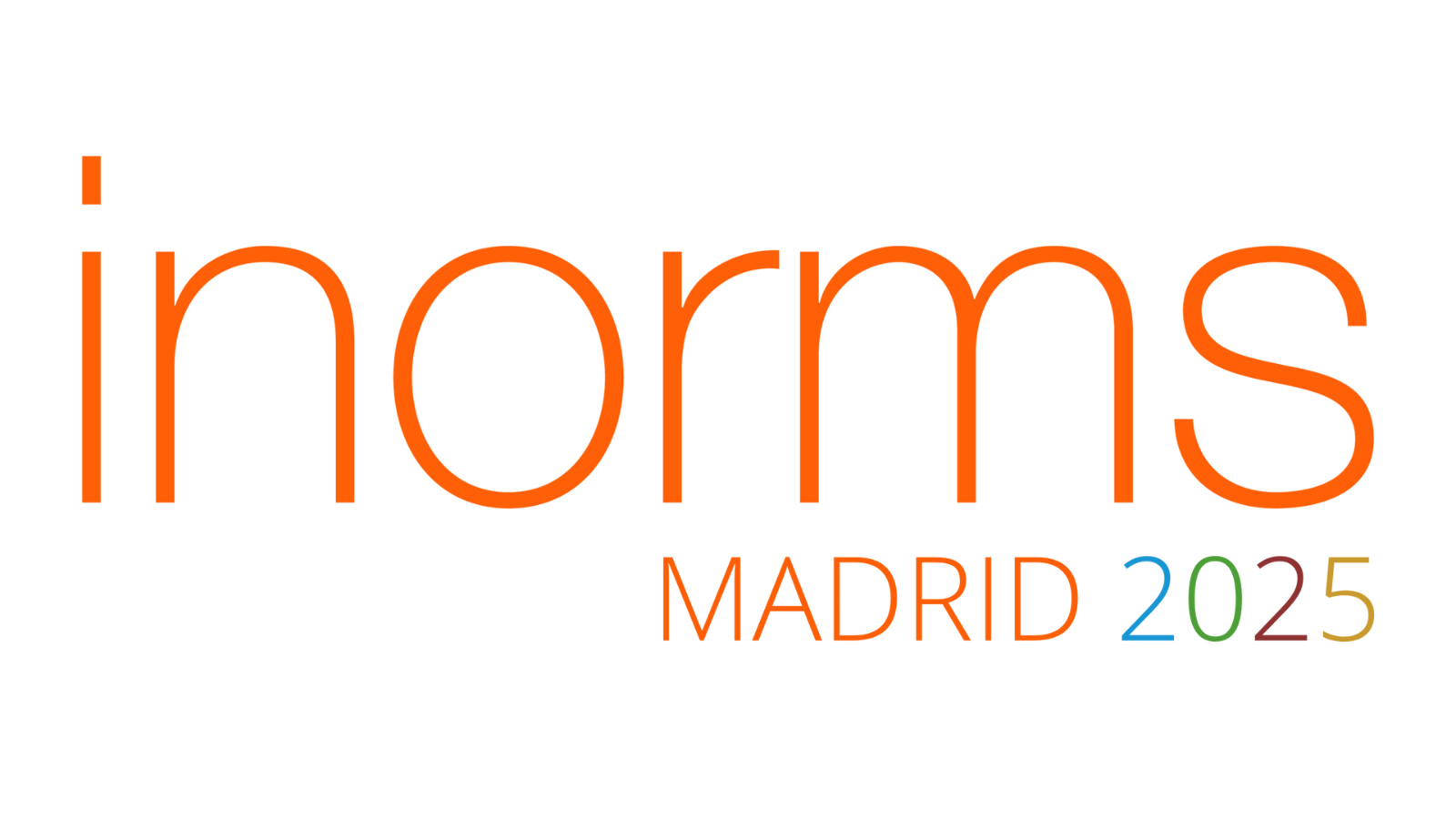Valuing societal impact in a civic university
Valuing societal impact in a civic university: towards a tailored model
Abstract
Universities are increasingly called upon (e.g., by the European Commission through its Horizon programme) to explicitly demonstrate their societal impact and integrate it into their research and innovation activities. Despite the growing recognition of the societal value of academic research, its evaluation and structural embedding within Belgian universities often remains underdeveloped. Therefore - aligned with our ambition as a civic university - at UHasselt a team of researchers and research & innovation managers is developing a comprehensive organizational and evaluation model to structurally embed societal impact within the institution and to encourage researchers to focus on achieving societal impact.
Drawing on our researchers’ expertise in civic and policy design, our approach follows the methodology of a participatory design process [1]. In this trajectory, the university itself is the central case, acting as an agent of transition in constant dialogue with society, and with the different research and administrative departments, management team and (individual) researchers as key stakeholders. The process is structured according to four phases, with co-creation workshops in between:
Mapping – Documenting existing models and best practices for organizing and evaluating societal impact. Fieldwork with internal and external stakeholders. [2].
Commoning – Development of a shared language across the university, fostering collective ownership of societal impact as a key institutional priority [3].
Envisioning – Conceptualizing potential organizational models that can structurally embed societal impact within the university [4].
Institutioning – Implementation of a tailored model that captures the diverse ways in which UHasselt contributes to society and integrates these contributions into our institutional strategy (organization and researchers’ evaluation)[5]. Development of a tool to map and visualize societal impact for different purposes (communication, project applications, evaluation) and across different scales (individual, (research) group, university, society).
Our presentation will:
1. share results from the mapping phase and insights from our first co-creation workshop,
2. show how a university can transition from being primarily an academic institution to becoming a proactive societal actor,
3. explain how participatory design can be used to align university structures with societal impact goals,
4. engage in an active dialogue with the research management community about how universities can better value and support their societal contributions.
[1] Simonsen, J. & Robertson, T. (Eds.) (2013): Routledge International Handbook of Participatory Design, London: Routledge.
[2] Cochrane, L., Corbett, J. (2020). Participatory Mapping. In: Servaes, J. (eds) Handbook of Communication for Development and Social Change. Springer, Singapore.
[3] Botero, A. et al. 2020. Commoning design and designing commons. In: Proceedings of the 16th Participatory Design Conference 2020 - Participation(s) Otherwise - Volume 2 (PDC 2020). Association for Computing Machinery, New York, USA, 178–180.
[4] Huybrechts, L., Teli, M., Zuljevic, M., & Bettega, M. (2020). Visions that change. Articulating the politics of participatory design. CoDesign, 16(1), 3–16.
[5] Huybrechts, L., Benesch, H., & Geib, J. (2017). Institutioning: Participatory Design, Co-Design and the public realm. CoDesign, 13(3), 148–159.

